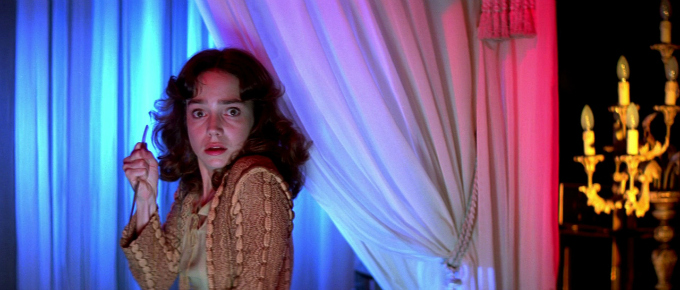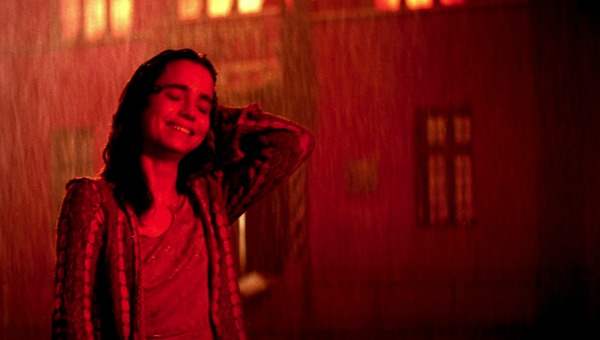 As Dario Argento’s cult classic Suspiria (1977) is on its way to re-boot central this year, let’s take a look back at the giallo and horror filmmaker as we come full circle with the impending re-make of one of his most iconic films.
As Dario Argento’s cult classic Suspiria (1977) is on its way to re-boot central this year, let’s take a look back at the giallo and horror filmmaker as we come full circle with the impending re-make of one of his most iconic films.
Suspiria, a film, before watching it, audiences had likely caught glimpses of in numerous classic horror documentaries, due to its disorientating soundtrack, grand stylistic elements and scenes painted with vivid reds and blues. The first of Argento’s “Three Mother’s” trilogy, Suspiria follows Suzy (Jessica Harper) an aspiring ballet dancer, arriving at the Tanz Dance Academy, accompanied by the unsettling soundtrack courtesy of prog-rock band, Goblin whose sound is a recognisable staple of Argento movies. As Suzy arrives at the academy she sees fellow student, Pat (Eva Axén) fleeing the house. Pat makes her way to a friend’s apartment, before audiences are treated to the film’s most iconic scene: Pat falling through a glass skylight with a noose around her neck while her friend lies beneath her, mutilated by the shards of glass. Witchcraft lies in the underbelly of the academy, controlled by Madame Blanc (Joan Bennett) as they plot the death of fellow students and subsequently slaughter any competition in the world of ballet. Argento trusts and respects his audience. They are not spoon fed, there is no “here comes the airplane” moment. He lets you get on with it, transports you into a bizarre world where reality and fantasy mesh and lets you fend for yourself.
Critics praised Suspiria for its use of sound and colour, despite its, at times, somewhat sporadic and unclear narrative. Praise that has not gone unrecognised by fellow filmmakers. Guillermo Del Toro’s Crimson Peak (2015) for example. The use of colour, sound and demonic elements reek of Argento’s influence, as well as Nicholas Winding Refn’s Only God Forgives (2013) and The Neon Demon (2016): The neon reds and blues, the stylistic and geometric elements of both films and the contemporary take on “the coven” in The Neon Demon are clearly influenced by Suspiria and Argento’s other films in the trilogy Inferno (1980) and Mother of Tears (2007).
Argento’s balance of mystery, horror and eroticism is true to the giallo style and has made a substantial impact on the horror genre since. But what will come of remaking Suspiria? Can a style so unique and a film so significant in the evolution of the horror genre, be carried though into 2017 with the same mystifying and intense punch of it’s original? Radiohead’s Thom Yorke has been added to the mix to score Luca Guadagino’s take on the Argento classic. This, accompanied by its strong cast and Guadagino regulars: Tilda Swinton and Dakota Johnson, It’s possible that the time is now for Suspiria to see the light of day yet again. Guadagino, director of A Bigger Splash (2015) and I Am Love (2009) could prove to be the perfect director to take on Argento’s baby. His stylistic approach and ability to dig deep into his characters to unveil the darkness within, could lend itself nicely to Suspiria. Guadagino has teamed up again with A Bigger Splash script writer, David Kajganich, a team that audiences can only hope deliver an unnerving romp through the darkness beneath the beauty, complete with classic giallo traits. However, following Argento’s style verbatim could prove to be challenging and more so, a mistake. Here’s hoping Guadagino keeps true to the story but makes the film his own: Something relevant, lightly peppered with 1970’s nostalgia, while taking influence from its original but in the same way, using it to produce an homage to a classic rather than a play by play. Ultimately, for it to become an original in its own right.
– April McIntyre

